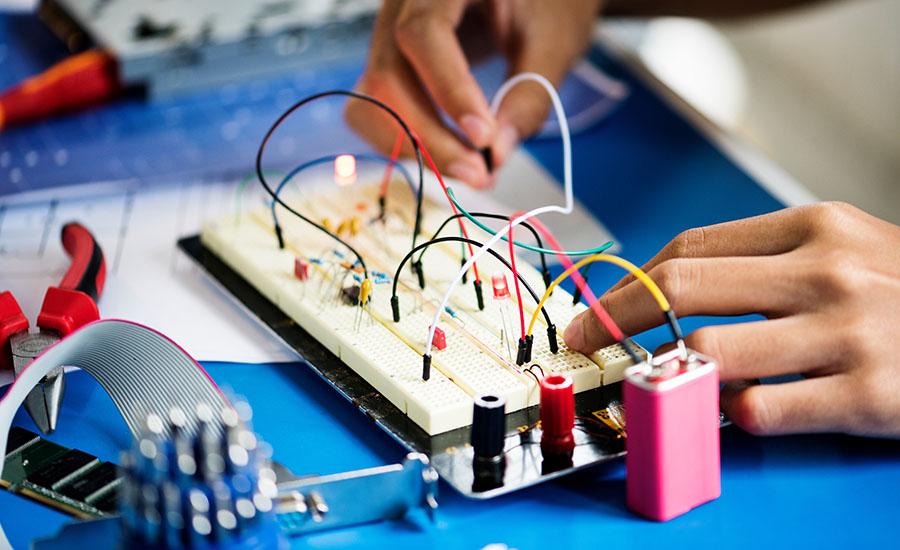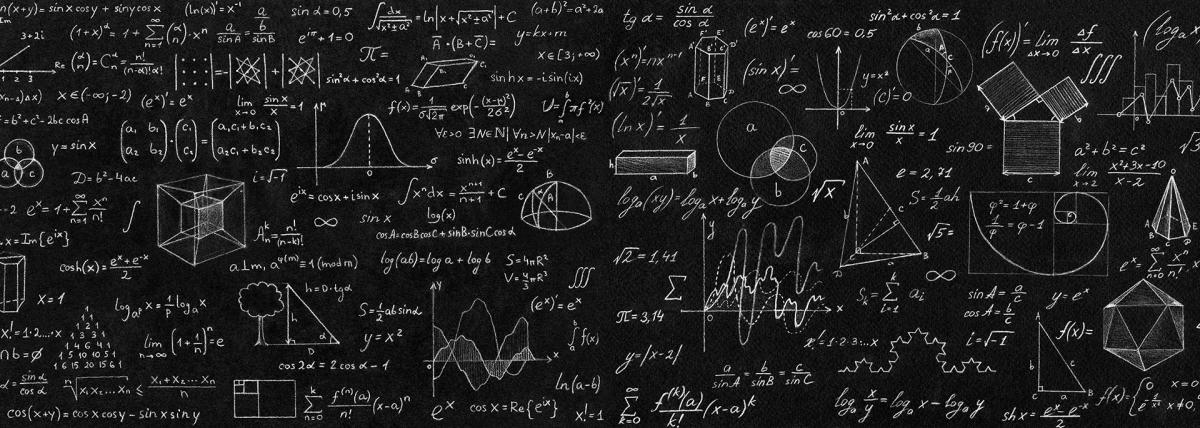
Clever Scientist: Electric Circuits
This STEM lesson is designed to explore electrical circuits and engage in a hands-on activity to create, label, and identify the differences between parallel and series circuits.
Students will develop and use a model that explains how energy is moved or transferred from place to place through electric currents. While they construct circuits to create electricity, they will be analyzing, collaborating and communicating effectively with their partners to complete an engineering design challenge. At the end of this unit, students will be able to independently identify complete and incomplete circuits, suggest ways to fix incomplete circuits, identify parts of a circuit, and create a circuit.
Lesson Grade Level
4th GradeLesson Plan Link/URL
https://docs.google.com/presentation/d/19lO67saEwWZ_hwYn7mUx7xefvg0TlUWnw3aJp_9…Subject Area
Science Physical Science P4: Energy Transfer Engineering S2: Apply the Engineering Design Process S4: Apply Science to Engineering Mathematics Measurement and Data (MD) English Language Arts (ELA) Reading (Informational Text) Writing Speaking & ListeningRelated Content

Students work as engineers using the Engineering Design Process to design and create a parachute that will safely land a "rover" on Mars! This STEM activity uses easy-to-gather materials for parachute

In this inquiry-based lesson, students explore energy with the phenomenal Newton's cradle. They will be able to understand and apply the Law of Conservation of Energy. Students will identify the

The investigation focuses on how a rubber band is used to transfer energy to an object. Students will determine a pattern for how the speed of the rubber band determines the distance a paper cube